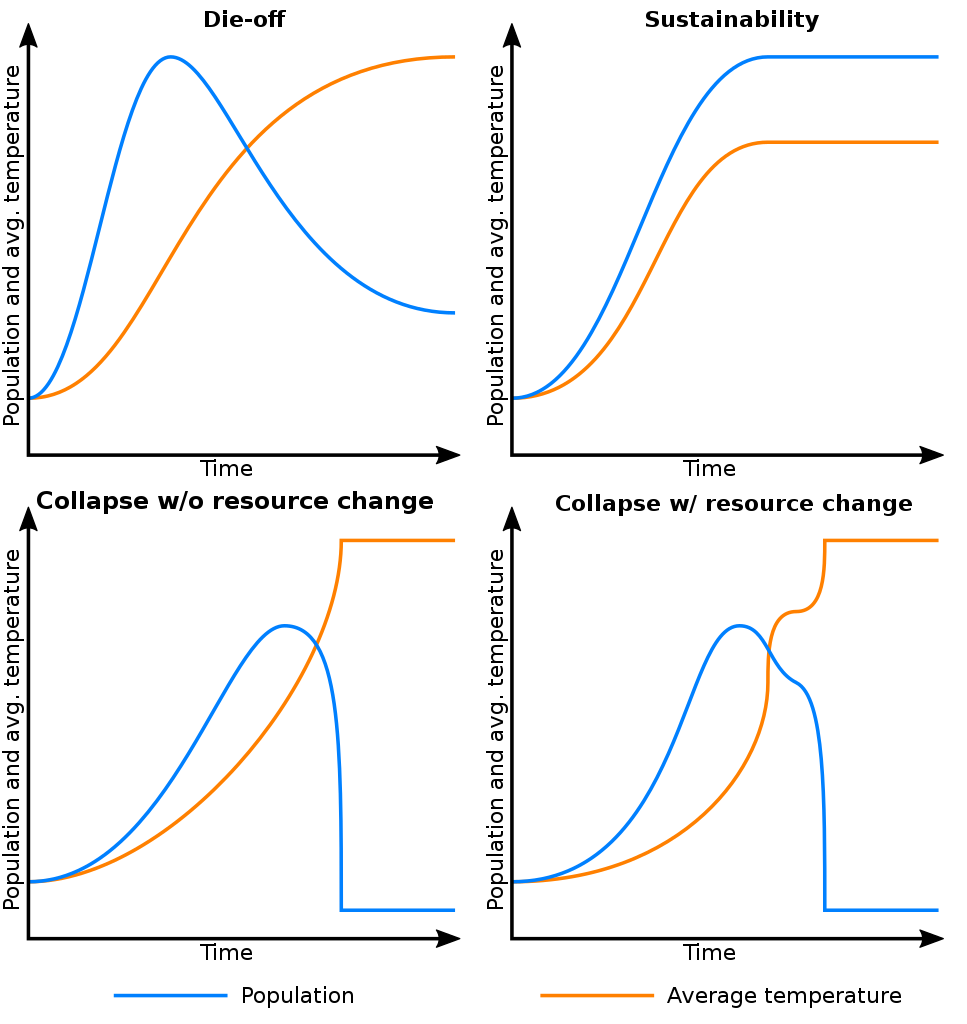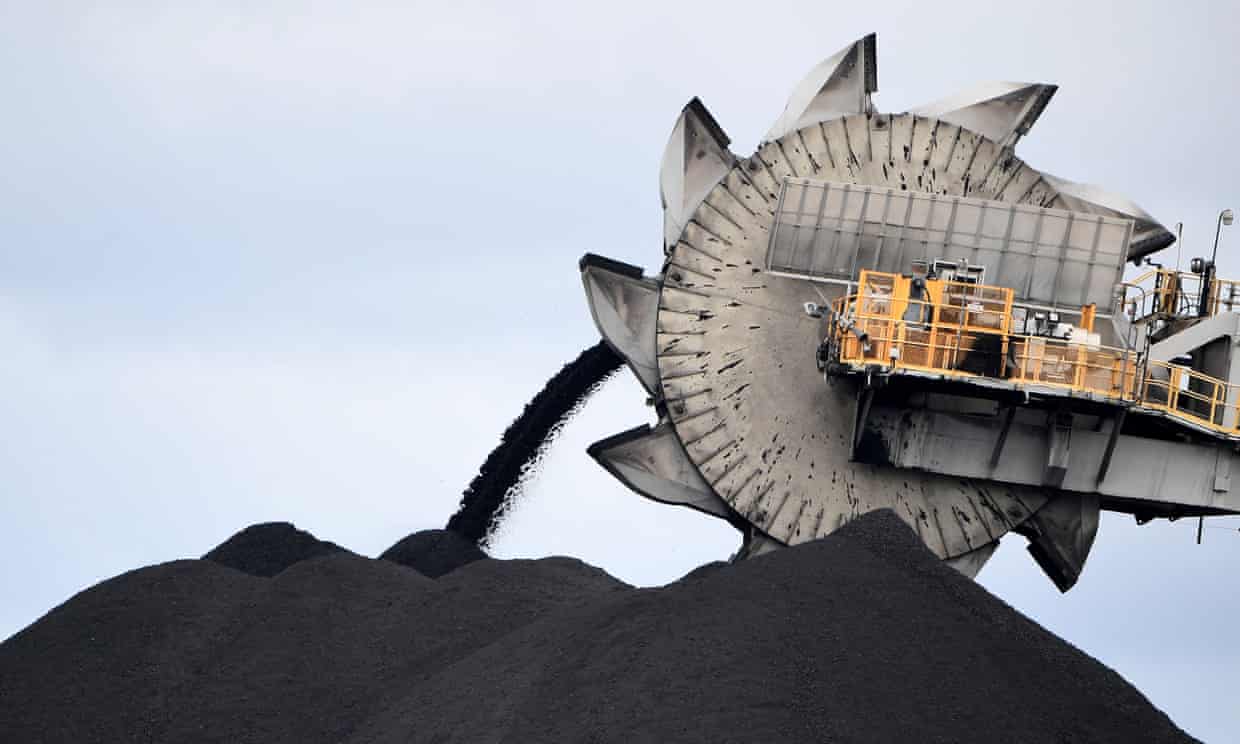Implications for Australia in latest IPCC report

The IPCC has warned that if we don’t stop and reverse global warming now it will soon be too late to avoid climate catastrophe and suffering.

The IPCC makes it clear that promotion of coal and gas – a favourite pastime of Australian politicians – is making it harder to keep global heating to 1.5C. Photograph: Saeed Khan/AFP/Getty Images / from the article
By Adam Morton and Graham Readfearn, 09/04/2022 in The Guardian
Latest IPCC report offers key lessons for Australia but is anyone listening? The climate authority has warned it is now or never to cut emissions but will MPs on the campaign trail heed its warning?
Perhaps the message was too familiar. With the unofficial election campaign under way, and the prime minister mired in escalating allegations of bullying and duplicity, a major report by the Intergovernmental Panel on Climate Change – the world’s most respected climate science body – quickly disappeared from the Australian news cycle this week.
…
Headlines told part of the story: it was “now or never” if the world was to limit global heating to 1.5C above pre-industrial levels. The report suggests that threshold is already practically out of reach without using technology to suck carbon dioxide from the sky. Keeping heating below 2C, which would trigger damage several magnitudes worse than 1.5C, will require an “abrupt acceleration” of effort after 2030.
Read the complete article….
Featured Image: Scenarios in a mathematical model by en:Adam Frank et al., 2018, which describes climate change due to GHG emissions by an advanced energy-intensive civilization.[1] From left to right, top to bottom: Die-off: The world population reaches a peak and subsequently declines slowly until an equilibrium is attained. Population can decline by up to 90% after peaking; according to Frank, such a civilization “might well just descend into chaos.” Sustainability: Both the world population and average surface temperature rise and then level off. This scenario shows that civilizations can be stable in the long term. Collapse without resource change: A civilization makes no attempt to switch to less GHG-intensive energy and collapses due to runaway climate change, possibly going extinct. Collapse with resource change: A civilization transitions to less GHG-neutral energy, but collapses anyway due to triggering a tipping point in the climate system. / 3-01-2021 by LaundryPizza03 – Own work; adapted from a figure in Billings, 2018. / via Wikimedia Commons.